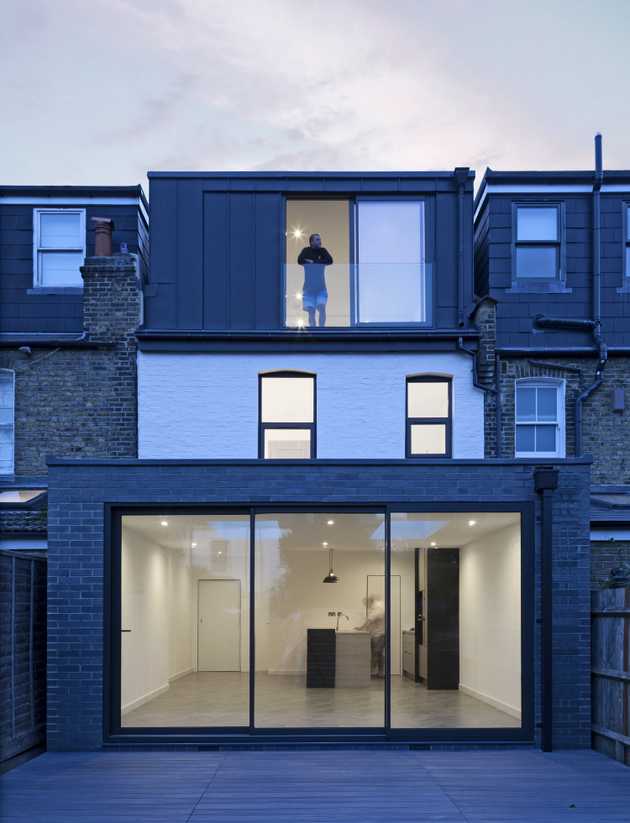Permitted Development Rights (or PD Rights) could mean that you are not required to apply for planning permission should the size of the build remain within the limits that are in place.
However, what are Permitted Development Rights and what can you build under them? As expected, there are certain caveats that come with restrictions and criteria in place that have to be met in order for your project to be considered under Permitted Development Rights. So, if you are planning to start your home improvement journey, it pays to understand what PD Rights really mean.
Permitted Development - What does it mean?
Permitted Development gives homeowners the ability to carry out certain types of work without being required to apply for planning permission. Therefore, it means that projects such as adding an extension or an outbuilding could come under the terms of Permitted Development. General Development Planning Order is the Law that apply to this type of works. You can see it as a general planning permission given by the Government of UK to all UK’s dwelling houses.
What works are considered under permitted development?
Your Permitted Development rights can vary but they will cover works that are carried out both internally and externally. This is down to the fact that there are strict design criteria in place that have to be followed. Should your project not meet the set criteria and falls outside of it then you might find that you are required to submit a planning application.
The list of improvements that you can undertake within your Permitted Development are wide and varied but it could include:
- Single and double-storey extensions that fall within certain limitations. This can be to the side or rear.
- A porch that is smaller than 3m2.
- Converting a loft, garage or basement.
- The removal of internal walls.
- Installing equipment such as solar panels.
- Adding dormer windows or roof-lights.
Are there any limits to permitted development rights?
Permitted Development rights are applied to the property based on its original appearance or as the property looked on the 1st July 1948. What this means is that under Permitted Development, there is a limit to the number of changes that can be made to your property. These changes are counted from 1948, so if previous owners have made changes then this will be included within your allocation under Permitted Development rights.
Permitted development rights - What restrictions are there?
It’s important to recognise that Permitted Development rights are not applicable to flats or maisonettes as any changes could have an impact on any neighbouring properties.
In some areas of the country, known generally as ‘designated areas’, permitted development rights are more restricted. For example, if you live in:
- A Conservation Area
- A National Park
- An Area of Outstanding Natural Beauty
- A World Heritage Site
- The Norfolk or Suffolk Broads
Furthermore, they could be removed under an Article 4 direction, which involves the removal of rights as a way of ensuring the local area retains its character. Additionally, if you are looking to build a new property in place of your existing property on the same site, then your Permitted Development rights could be restricted or removed if the new home is larger.
In some cases the PD rights are restricted as part of planning application conditions. For example if a developer applies for a larger estate, the Council can choose to restrict further extensions to the properties for the next 10 years. If you are intending to buy a new property in one of these areas it is best to check first the planning conditions associated with it, if you want to consider extending it through the Permitted Development Rights route.
Find Reliable Experts
Regardless of the work that you plan to complete, it’s always worth ensuring that you are covered by Permitted Development rights. Completing works that do not fall under Permitted Development rights will require planning permission, so it helps to know when you should submit an application to obtain planning permission to help avoid future problems. If you are having trouble understanding, Expert Plans is here to help.
Whether you need help with understanding Permitted Development Rights to carry out certain type of work in your home, or just need to find out about the cost of your project, Expert Plans helps you get started in no time, shortlisting the best, most reliable experts near you! Check out our platform and find the right expert for your project.



